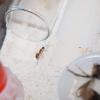We need a good Brachymyrmex depilis care sheet. I can offer you some suggestions on their care from observations I have made rearing B depilis queens. These are my all time favorite ants, I think they are a marvel and an amazing example of Nature's ability to miniaturize a social insect. Last year I acquired a small founding colony but I was never quite sure if I had the queen. They did, however, give me a chance to see how they act, what they like to eat and I think they did raise some brood, maybe from eggs that came with the original colony.
I also bought two queens last year and another one this spring. The founding setup I used is pictured below. It is made from a modified spice container. I put cotton padding in the bottom to soak up excess water. Then I layered sphagnum moss and wood chips, leaving lots of spaces for a queen to make a chamber, and finished off with moss and stones on the top. In one container I put a piece of wood, (a cut down 2x4) in the center and put the sphagnum moss and chips around it so the ants will hopefully nest where I can see them. I wrapped red cellophane and black felt around the outside for later observation. I keep these setups well hydrated as you can see from the condensation and I pack them in a covered box on wet cardboard and place them on top of my plant lights for heat.
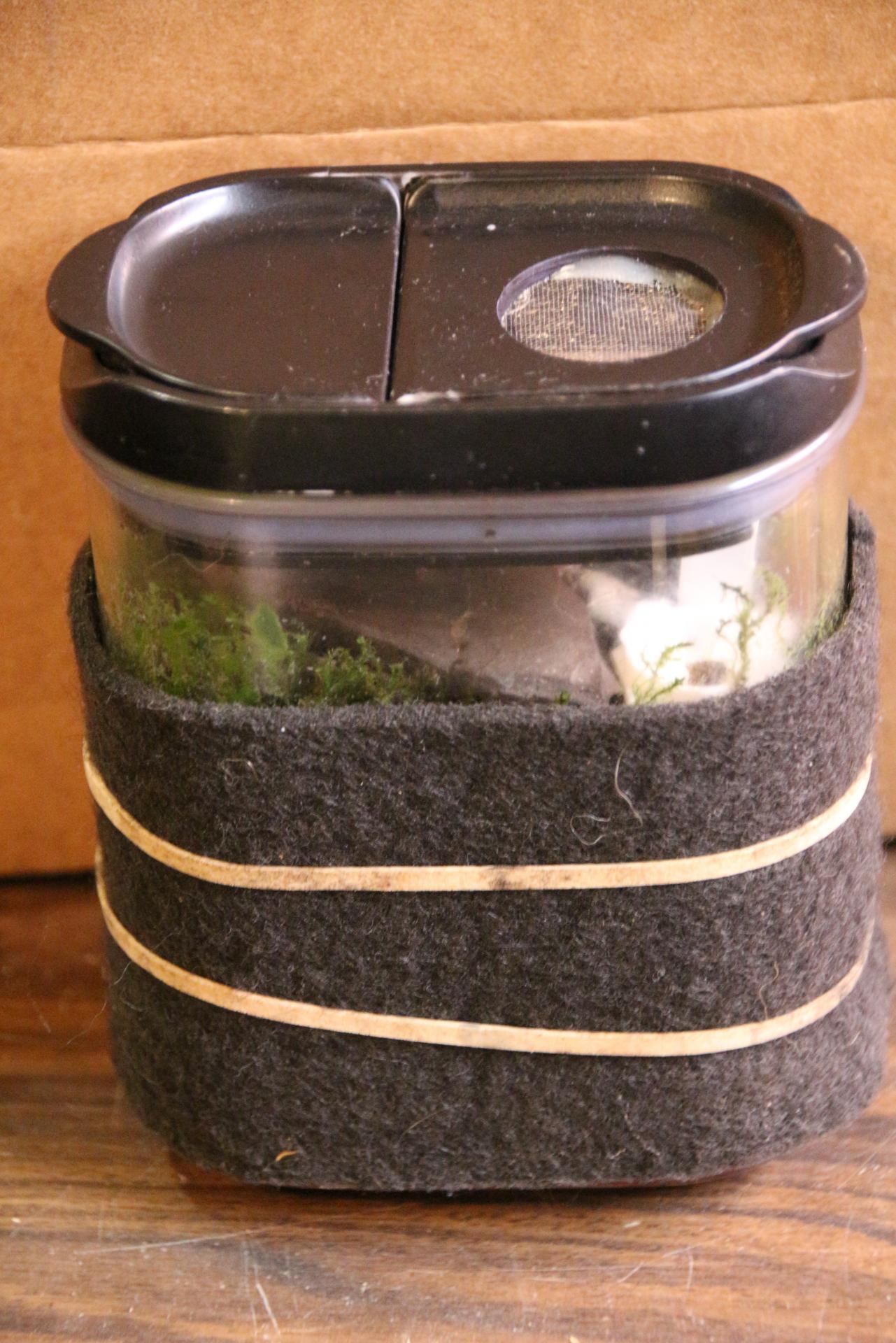
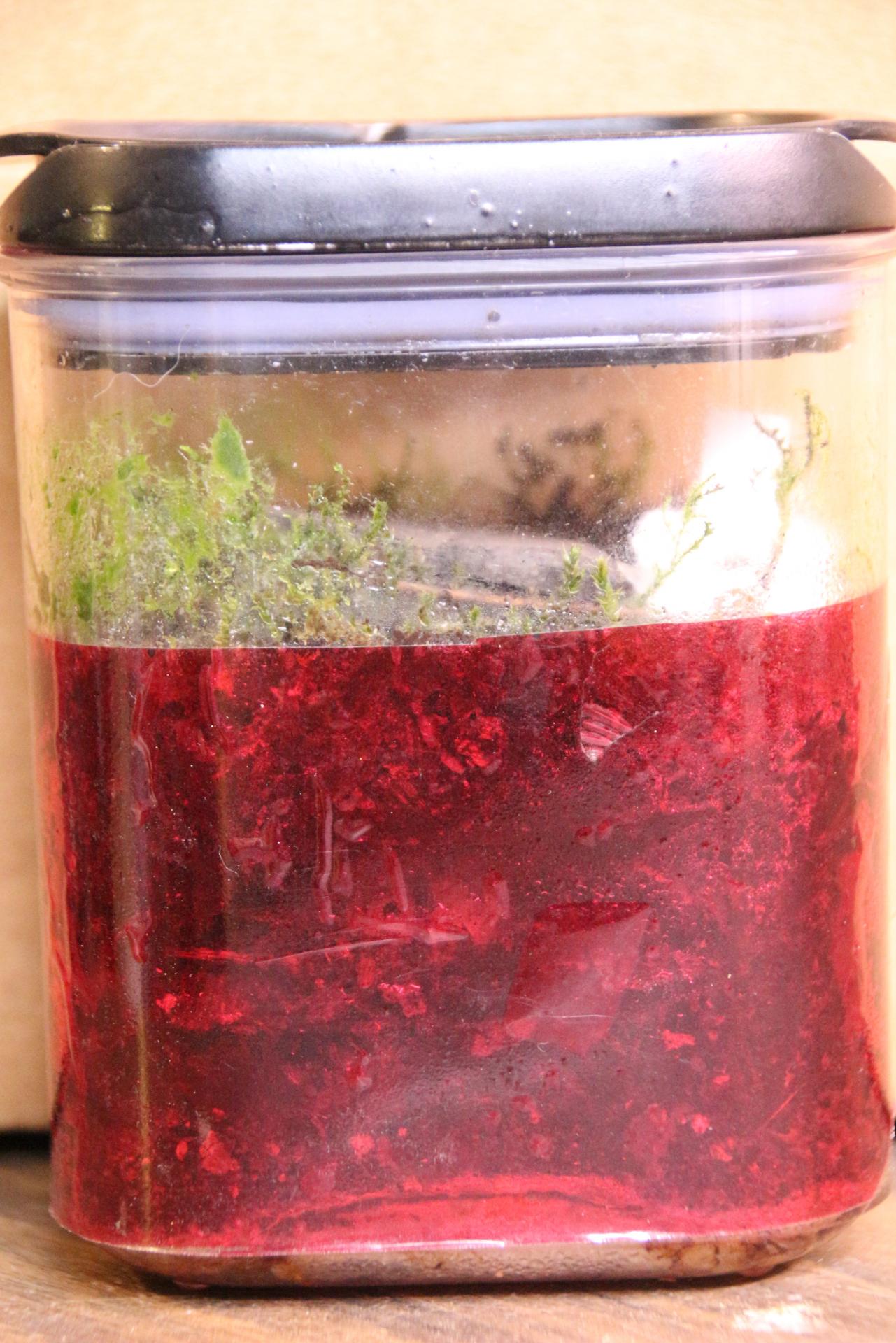
The two queens I bought last year each hibernated in their own founding setup in a root cellar with my other small colony and the rest of my ants. I took them out this spring and began a regular routine (every couple of days) of observing and hydrating. They can dry out very easily when heated. This is when you find out just how patient you can be. You can't see the queen, all you can do is hydrate them every couple of days, trying to keep them moist, but not drowning. Around July I started to offer them sugar water and fresh water in small cotton pieces on a dish, and food like fruit flies, flies, etc and watched for any signs of activity. As of today I know there is activity in one colony as I can see holes in the soil and eaten food in the dish. No sign of an actual ant yet. The second queen doesn't look so promising, but I will be patient and keep hydrating, feeding and watching. I very seldom, if ever, actually remove the black cover to look for the ants. I feel this is a very critical time for a young queen and I know I have lost queens because, for some reason, the workers swarm the queen and eventually kill her when they are disturbed. This also happened to me with bee hives. I would open up a hive to check on a newly introduced queen and find eggs, brood, everybody happy and the next time I would look - nothing. It's hard to have faith that something is happening without looking but your patience will be rewarded when you see your first nanitic.
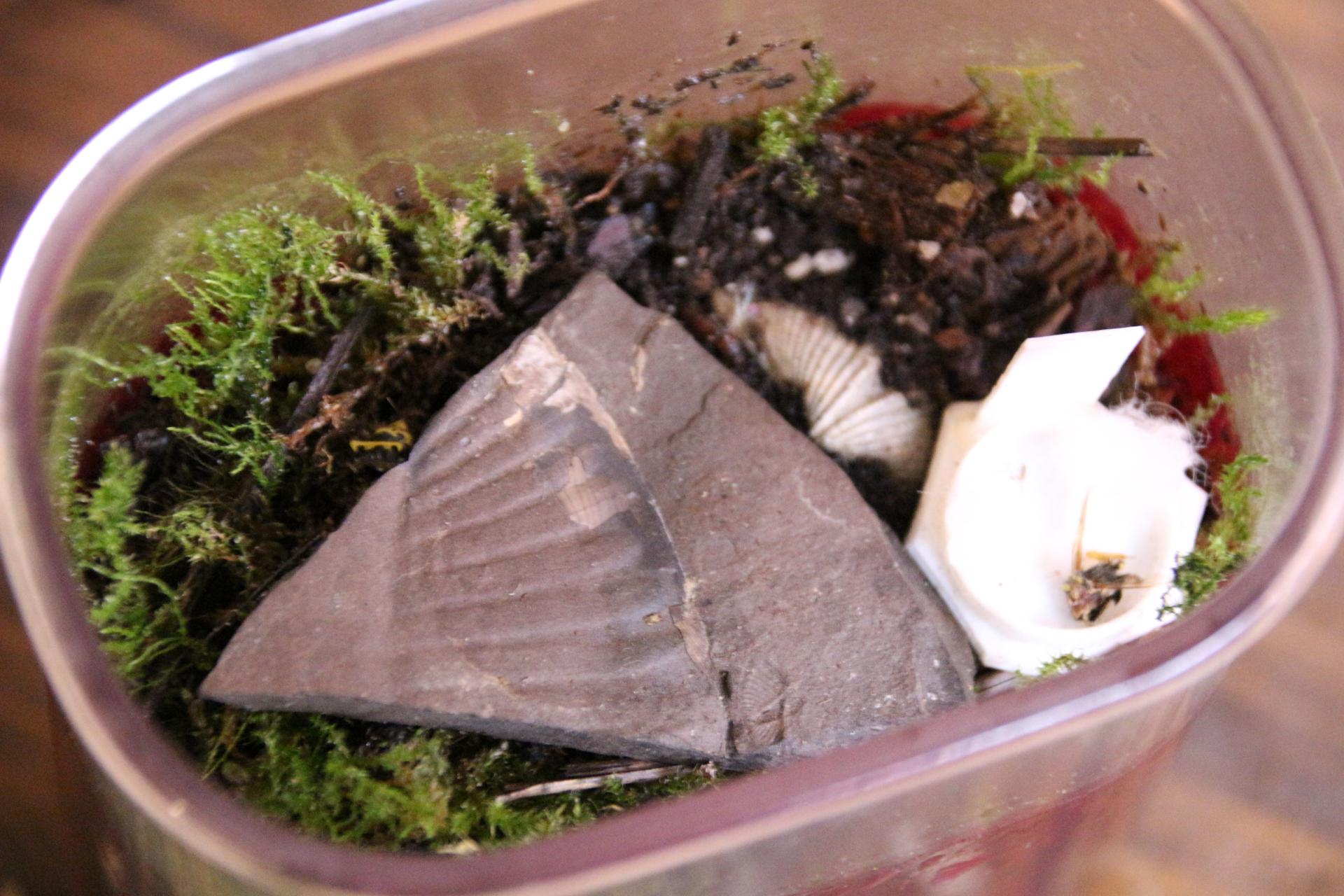
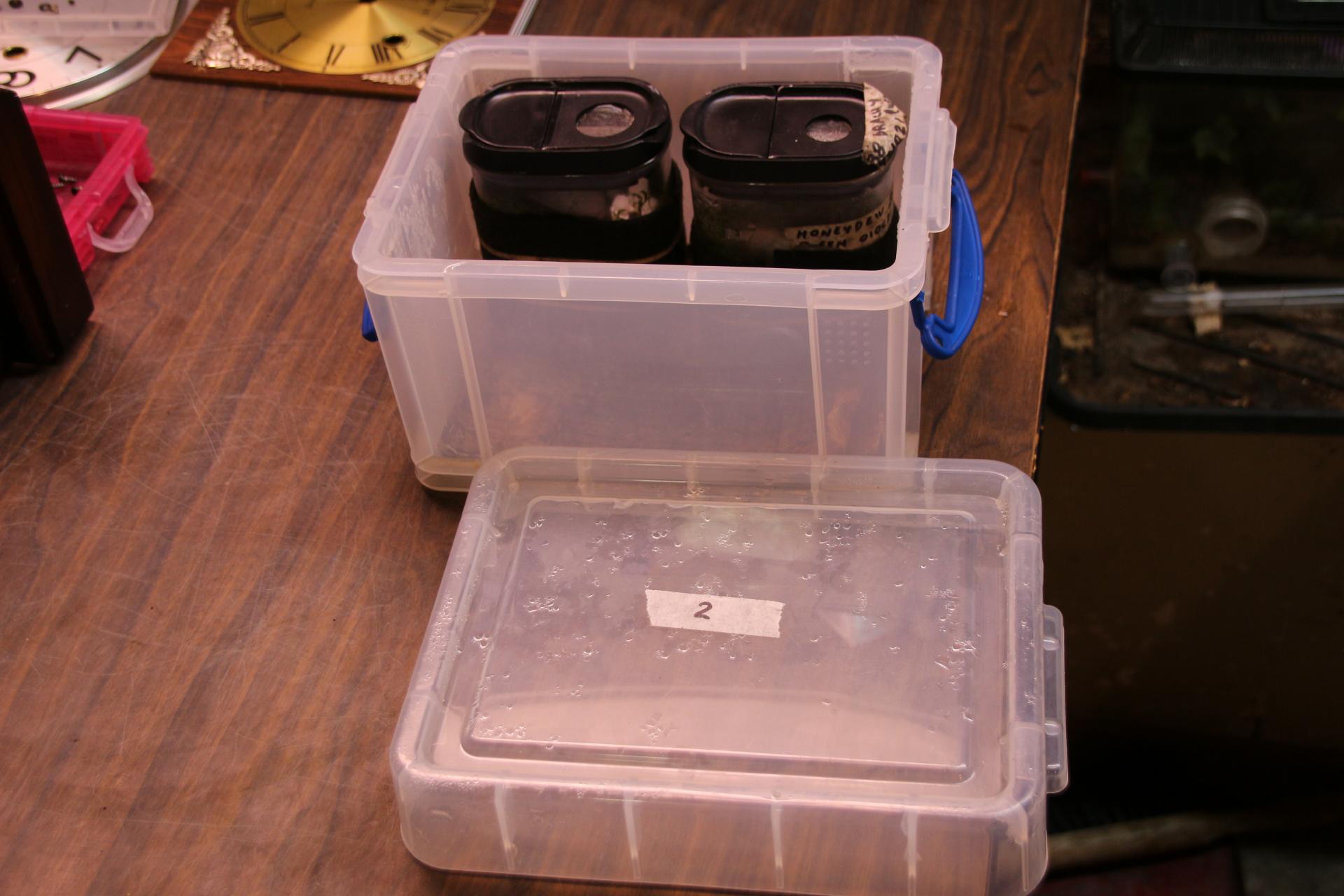
Luckily I had the small colony to watch and feed since spring, but I still wasn't sure they actually had a queen. So, the queen I purchased this spring was put in with them to see if they would accept her or not. I'm not sure if she went down a hole of the existing colony or one of her own but I was amazed two days ago when I saw what have to be two of her nanitics, B depilis is a small ant, but these guys were almost microscopic. I usually use a 3.5x magnifying glass to view them but they were still hard to see even with magnification. I'm anxious to see how this colony develops and how they are accepted by the full size workers.
A couple of other tips I can offer. They are very shy and seem to take food like a fruit fly more readily if it is placed on top of one of their holes. Be careful because with larger food items, I have thrown workers in the garbage that were still inside the carcass getting every last bit. This also happened when I used the cut off tips of cotton swabs to feed sugar water. The plastic "stick" was hollow and these tiny ants had got up in there to get sugar water from the cotton swab. I'm sure I threw a few dirty ones away that still had ants inside. Now I set uneaten food off to the side so the ants can get out and put fresh food in their dish. Next day I throw out the old food (without ants) set yesterdays food aside and put fresh food in their dish. Now I also just use two small pieces of cotton on a dish to feed sugar water and water. Be careful not to oversaturate them because these small ants can drown very easily in any liquid water. I never feed honey to them but I can imagine the same problem happening with it. Food items they like include fruit flies, flies, mosquitoes, hover flies, earwigs, cricket pieces, chicken, chicken liver, and egg yolk. I use Vaseline and mineral oil for containment, these ants can get through very small spaces.
The information on the internet on the care and feeding of B depilis seems to be pretty scarce. This makes rearing them even more of a challenge. I hope this information will be helpful and I wish you luck with your queens and colonies in the future.
My father always said I had ants in my pants.






